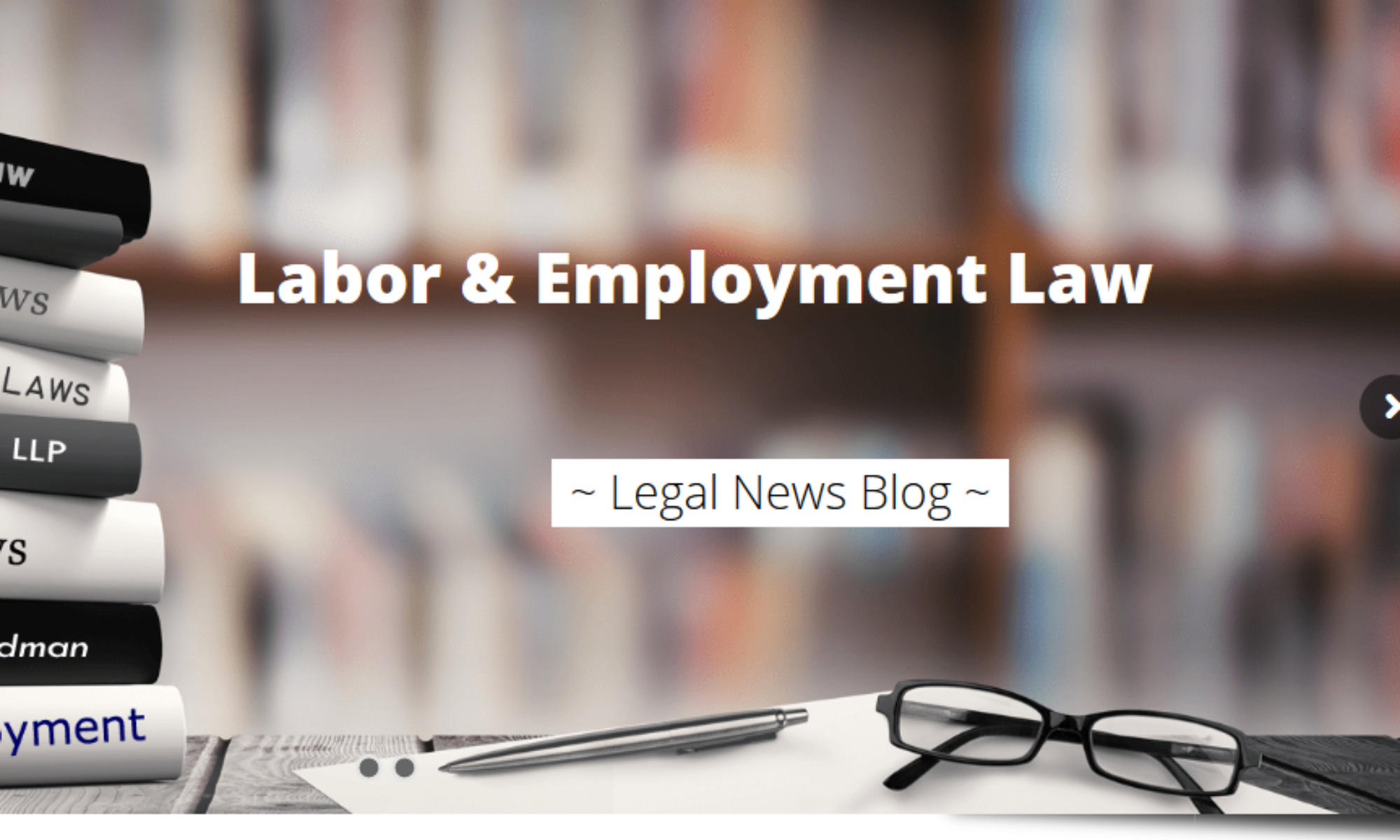Discrimination in the Workplace Persists
Discrimination in the workplace is an ugly truth that still prevails despite the numerous laws and regulations designed to combat it. Companies that engage in discriminatory practices harm not only the affected employees but also the overall workplace environment. What’s worse, many of these organizations resort to retaliation against those brave enough to speak out or investigate discrimination. This article aims to shed light on these issues, providing valuable insights and actionable steps for workplace equality advocates and HR professionals.
Understanding Workplace Discrimination
Workplace discrimination manifests in various forms, each with unique challenges and consequences. Understanding these types is crucial for addressing them effectively.
Gender Discrimination
Gender discrimination remains a significant issue in many workplaces. It includes unfair treatment based on one’s gender, which can lead to disparities in pay, promotions, and job opportunities. Statistics show that women, especially women of color, are more likely to experience workplace discrimination. For instance, according to a Pew Research Center study, 42% of working women in the U.S. have faced gender discrimination at work.
Racial Discrimination
Racial discrimination involves treating employees differently because of their race or ethnicity. This type of discrimination can severely impact an individual’s career progression and mental well-being. For example, a survey conducted by Glassdoor found that 61% of Black employees report experiencing or witnessing racial discrimination in the workplace.
Age Discrimination
Age discrimination typically affects older employees, who may be unfairly overlooked for promotions or forced into early retirement. The U.S. Equal Employment Opportunity Commission (EEOC) reported that in 2019, 21.4% of all discrimination charges filed were related to age.
The Reality of Retaliation
When employees report discrimination, they often face retaliation instead of support. This can take various forms, from demotion and job termination to subtle acts of intimidation, making it difficult for individuals to come forward.
Case Study 1: Pro Pallet
Pro Pallet, a Pennsylvania-based construction company, has been ordered to pay $50,000 to settle a lawsuit concerning discrimination and retaliation. The case arose when a human resources manager at Pro Pallet received a sexual harassment complaint against the company’s general manager. As she began investigating the matter, the president and owner of Pro Pallet reprimanded her for fulfilling her responsibilities, reallocated key job duties to other employees, and excluded her from company meetings.
Case Study 2: Hatzel & Buehler
In another case, Hatzel & Buehler, an electrical contractor, was mandated to pay $500,000 to settle an age discrimination lawsuit. The vice president of the New Jersey branch engaged in discriminatory recruiting and hiring practices by instructing recruiting firms to focus on younger candidates for project manager and estimator positions while outright refusing to hire older applicants who did not fit his preferred age range. The lawsuit also claimed that this vice president neglected to maintain records related to job applicants and hiring, violating federal law.
Case Study 3: Altman Specialty Plants
Altman Specialty Plants has been ordered to pay $172,000 to settle allegations of sexual harassment and retaliation. An investigation found that a supervisor at the company’s Austin, Texas, location subjected female employees to sexual harassment and maintained a sexually hostile work environment for an extended period.
Moreover, employees who reported the harassment faced retaliation, which created a chilling effect and rendered Altman’s Equal Employment Opportunity (EEO) policies and complaint procedures ineffective. Such conduct allegedly violates Title VII of the Civil Rights Act of 1964, which prohibits discrimination based on sex, including sexual harassment, as well as retaliation for participating in protected activities.
The Impact on Employees
Discrimination and retaliation have far-reaching consequences for employees.
Emotional Toll
The emotional toll of discrimination can be devastating. Victims often experience anxiety, depression, and a sense of isolation. This emotional strain can affect every aspect of their lives, from personal relationships to overall mental health.
Financial Impact
Financial instability is another significant consequence. Victims of discrimination and retaliation may lose their jobs, face demotions, or be forced to take lower-paying positions. This financial strain can lead to long-term economic challenges.
Professional Damage
Professionally, discrimination and retaliation can derail careers. Skilled employees may find their career progression halted, and the stain of being “a troublemaker” can follow them to future job opportunities.
The Role of Advocates and HR Professionals
Advocates and HR professionals play a pivotal role in creating safer, more inclusive workplaces.
Support Systems
Establishing robust support systems is crucial. HR departments should have clear policies and procedures for reporting discrimination, ensuring that employees feel safe and supported.
Training and Education
Regular training and education programs can help prevent discrimination. These programs should focus on raising awareness about different types of discrimination and the importance of diversity and inclusion.
Open Communication
Encouraging open communication is essential. Employees should feel comfortable discussing their concerns without fear of retaliation. Regular surveys and anonymous reporting channels can help identify issues before they escalate.
Strategies for Change
Combatting discrimination and retaliation requires a concerted effort from both companies and employees.
Legal Obligations
Companies must understand and adhere to their legal obligations regarding discrimination. This includes complying with anti-discrimination laws and promptly addressing any complaints.
Ethical Responsibilities
Beyond legal obligations, companies have an ethical responsibility to foster a respectful and inclusive workplace. This involves creating a culture where diversity is celebrated and discrimination is not tolerated.
Actionable Steps
- Policy Development: Develop and regularly update anti-discrimination policies. Ensure these policies are clearly communicated to all employees.
- Training Programs: Implement regular training sessions on diversity, inclusion, and anti-discrimination practices.
- Support Systems: Establish strong support systems for victims of discrimination and ensure that they have access to necessary resources.
Conclusion
Workplace discrimination and retaliation are pervasive issues that require immediate attention. By understanding the different forms of discrimination, recognizing the reality of retaliation, and taking proactive steps, advocates and HR professionals can make significant strides toward creating more equitable work environments.
The responsibility to foster a safe and inclusive workplace does not rest solely on the shoulders of HR professionals and advocates. It requires a collective effort from all levels of the organization, from top management to individual employees. Together, we can break the silence, address these issues head-on, and pave the way for a future where everyone feels valued and respected.
Let’s continue this conversation. Share your experiences and strategies for overcoming discrimination and retaliation in the workplace. Your insights could be the catalyst for change in other organizations.


Hello,
I am reaching out to you because I’m doing some research for a mental health awareness campaign I’m working on. I was looking at a page of your site here (https://blog.helmerfriedman.com/persistent-workplace-discrimination-and-retaliation/ ), so I thought I would email you.
I noticed that you mentioned mental health on the page. I’d like to know if you’re actively working with outside organizations to continue covering this vital topic on your website.
In short, the goal is to find sites committed to keeping their audience informed about key issues like mental health and wellness. I’d love to explore if there’s an opportunity to support and sponsor your website to amplify these efforts—even if it involves a contribution or fee.
Please let me know if you want to hear more about this project. If not, I understand and don’t expect a response from you. Whatever you decide, thanks for your consideration & time.
Marie